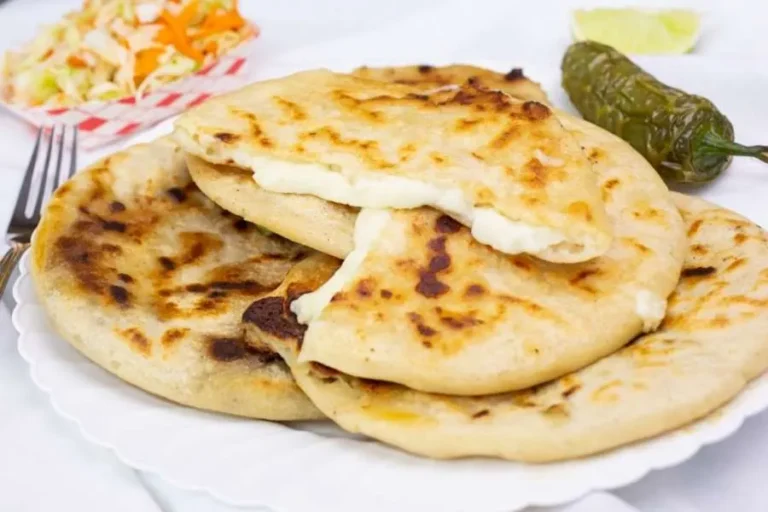Introduction: Corn and Beans in El Salvadoran Cuisine
El Salvadoran cuisine is rich in flavor and culture, with corn and beans being two staple ingredients that are widely used in many dishes. These two ingredients have been an integral part of the Salvadoran culture for centuries, and their versatility and nutritional benefits are just a few of the reasons why they are so popular in the country’s cuisine.
A Brief History of Corn and Beans in El Salvador
Corn and beans have been a part of the Salvadoran diet since the pre-Columbian era. The indigenous peoples of El Salvador relied heavily on these crops as a primary source of sustenance. Corn was used to make tortillas, tamales, and atoles, while beans were often consumed as a side dish or added to stews and soups. With the arrival of the Spanish, new ingredients were introduced, but the tradition of using corn and beans in Salvadoran cuisine remained strong.
The Role of Corn in El Salvadoran Dishes
Corn is a staple in Salvadoran cuisine and is used in many dishes, most notably in the form of tortillas. These flatbreads are made by grinding corn into a dough, which is then flattened and cooked on a griddle. Tortillas are served with almost every meal and are often used as a utensil to scoop up the various stews and soups that accompany them. Corn is also used to make tamales, pupusas, and atoles, which are all popular dishes in El Salvador.
The Versatility of Beans in Salvadoran Cooking
Beans are another staple ingredient in Salvadoran cuisine and are used in a variety of ways. They are often served as a side dish and are cooked with onions, garlic, and tomato sauce. Beans are also added to stews and soups, giving them a rich and hearty flavor. In addition, refried beans are a common ingredient in many Salvadoran dishes and are used as a filling for pupusas, a traditional dish made from corn dough.
Traditional Salvadoran Dishes that Use Corn and Beans
There are many traditional Salvadoran dishes that use corn and beans, including pupusas, tamales, and atol de elote. Pupusas are stuffed with cheese, beans, or meat and are typically served with a side of curtido, a type of fermented cabbage salad. Tamales are made from a mixture of corn masa, meat, and vegetables, while atol de elote is a sweet corn drink that is often served as a dessert.
Modern Salvadoran Dishes that Use Corn and Beans
In recent years, Salvadoran cuisine has evolved to include modern dishes that incorporate corn and beans. One popular dish is the yuca con chicharron, which is made from fried yucca, pork belly, and refried beans. Another popular dish is the enchiladas de platano, which are plantain-based enchiladas filled with black beans, cheese, and a tomato sauce.
Nutritional Benefits of Salvadoran Corn and Beans
Corn and beans are both highly nutritious ingredients that are rich in vitamins, minerals, and fiber. Corn is a good source of carbohydrates, fiber, and antioxidants, while beans are a good source of protein, fiber, and iron. Consuming these ingredients as part of a balanced diet can provide numerous health benefits, including improved digestion, lower cholesterol levels, and better blood sugar control.
Conclusion: Embracing the Flavor and Culture of El Salvadoran Cuisine
Corn and beans are two staple ingredients in Salvadoran cuisine, and their versatility and nutritional benefits make them an integral part of the country’s culture. Whether you are enjoying traditional dishes or modern interpretations, there is no denying the rich flavor and history that these ingredients bring to the table. By embracing Salvadoran cuisine, we can appreciate the unique flavors and cultural traditions that make it a truly special cuisine.

